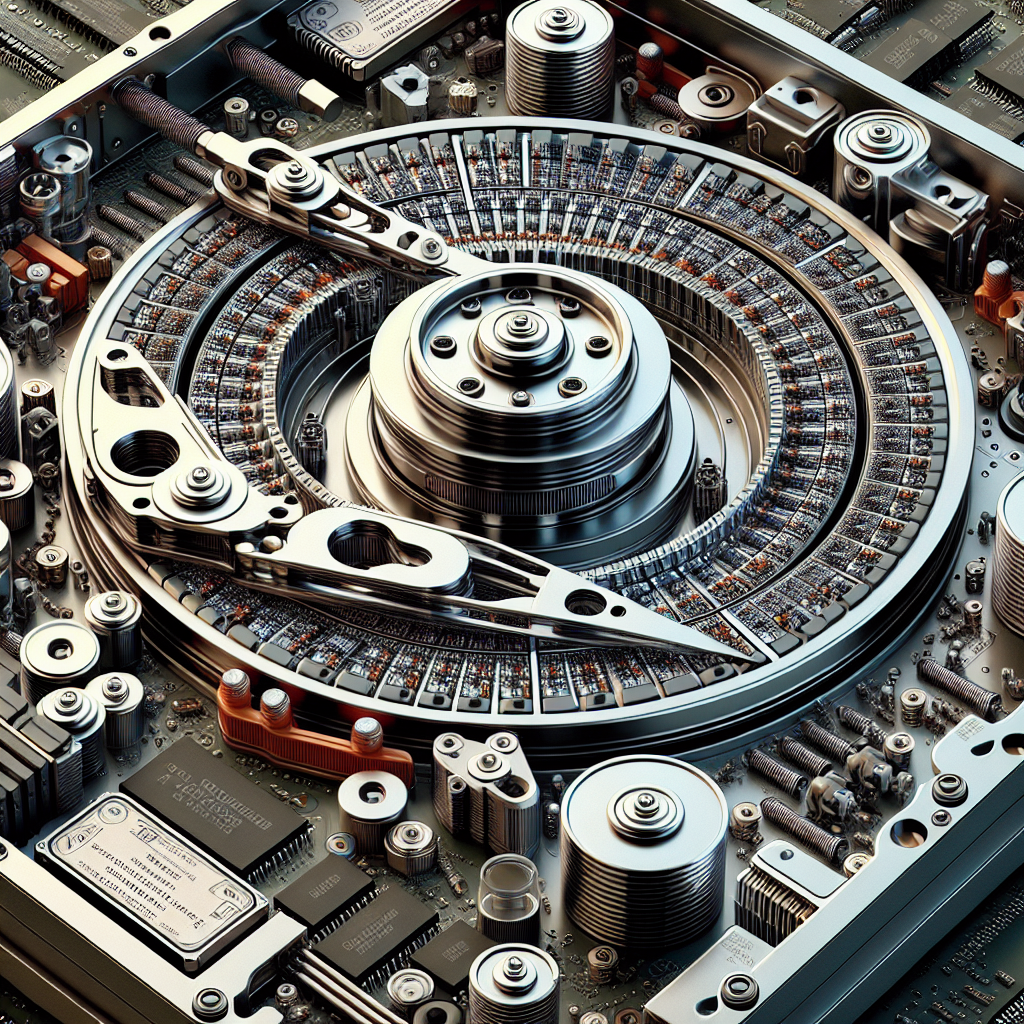Magnetic storage devices, such as hard disk drives (HDDs) and magnetic tape drives, play a crucial role in storing and accessing vast amounts of data in computers and other electronic devices. At the heart of these devices are read-write heads, which are responsible for reading data from and writing data to the magnetic storage medium.
To understand the mechanics of read-write heads, it is important to first understand how magnetic storage works. In magnetic storage devices, data is stored as magnetic patterns on a thin film of magnetic material, typically made of cobalt or iron oxide. These magnetic patterns represent the binary data (0s and 1s) that make up the information stored on the device.
Read-write heads are small electromagnets that are positioned very close to the surface of the magnetic storage medium. When reading data, the read-write head generates a magnetic field that interacts with the magnetic patterns on the surface of the medium. This interaction causes changes in the magnetic field, which are detected by the read-write head and converted into electrical signals that can be processed by the device’s controller.
When writing data, the read-write head generates a magnetic field that aligns the magnetic particles on the surface of the medium in a specific pattern, encoding the desired data. This process is known as magnetization, and it is crucial for accurately storing data on the magnetic medium.
The positioning of the read-write head is critical for the performance of the magnetic storage device. The head must be positioned very close to the surface of the medium to ensure accurate reading and writing of data. This is typically achieved using a mechanism called a slider, which suspends the read-write head just above the surface of the medium while it is in operation.
In modern magnetic storage devices, such as HDDs, read-write heads are typically mounted on a moving arm that can position the heads over different tracks on the magnetic medium. This allows the device to access different parts of the stored data quickly and efficiently.
Overall, the mechanics of read-write heads in magnetic storage devices are complex and sophisticated, but crucial for the operation of these devices. Understanding how read-write heads work can help us appreciate the technology that allows us to store and access vast amounts of data on a daily basis.


Leave a Reply